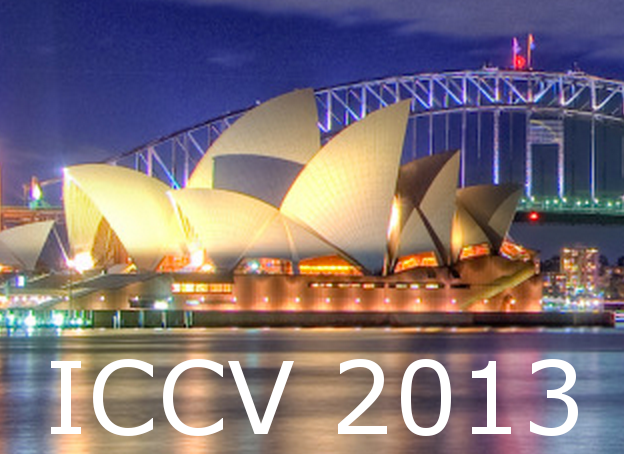-
Exploiting Sparsity for Real Time Video Labelling
AbstractUntil recently, inference on fully connected graphs of pixel labels for scene understanding has been computationally expensive, so fast methods have focussed on neighbour connections and unary computation. However, with efficient CRF methods for inference on fully connected graphs, the opportunity exists for exploring other approaches. In this paper, we present a fast approach that calculates unary labels sparsely and relies on inference on fully connected graphs for label propagation. This reduces the unary computation which is now the most computationally expensive component. On a standard road scene dataset (CamVid), we show that accuarcy remains high when less than 0.15 percent of unary potentials are used. This achieves a reduction in computation by a factor of more than 750, with only small losses on global accuracy. This facilitates realtime processing on standard hardware that produces almost state-of-the-art results.
Related Material
[pdf][bibtex]@InProceedings{Horne_2013_ICCV_Workshops,
author = {Lachlan Horne and Jose M. Alvarez and Nick Barnes},
title = {Exploiting Sparsity for Real Time Video Labelling},
booktitle = {Proceedings of the IEEE International Conference on Computer Vision (ICCV) Workshops},
month = {June},
year = {2013}
}
These ICCV 2013 workshop papers are the Open Access versions, provided by the Computer Vision Foundation.
Except for the watermark, they are identical to the accepted versions; the final published version of the proceedings is available on IEEE Xplore.
Except for the watermark, they are identical to the accepted versions; the final published version of the proceedings is available on IEEE Xplore.
This material is presented to ensure timely dissemination of scholarly and technical work.
Copyright and all rights therein are retained by authors or by other copyright holders.
All persons copying this information are expected to adhere to the terms and constraints invoked by each author's copyright.

